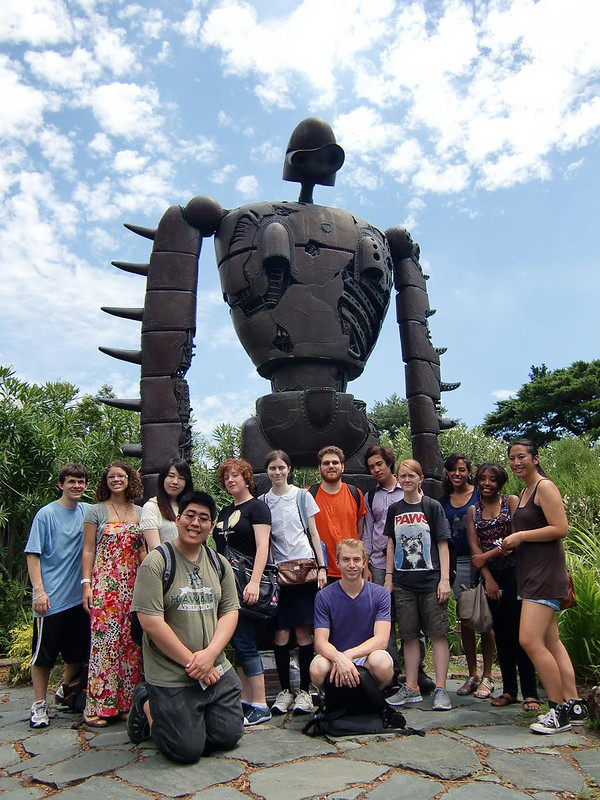
Mecha Anime and Manga: Colossal “Super Robot”
Mecha anime and manga or robotto anime and robotto manga are robots (mecha) that are featured in battle. The robots are divided into two subcategories, super-robot (super sized robots) and real-robot (more physically realistic). Mecha encompasses a variety of genres from drama to comedy and includes several types of media adaptations including video games. Mecha has also gained popularity in scale model robots, for many avid collectors.
Here are some popular all-time “super robot” favorites:
Tetsujin 28-gō (鉄人28号 Tetsujin Nijūhachi-gō, Iron Man #28, Gigantor) – began as manga written and illustrated by Mitsuteru Yokoyama and was adapted into an anime series in 1963.
It is considered the first Japanese series to feature a giant robot. The robot is popularly known as Gigantor in the U.S.
Giant Robo (ジャイアントロボ Jaianto Robo) – a manga created by Mitsuteru Yokoyama. Giant Robo debuted in 1967. It was adapted for American audiences under the name Johnny Sokko and His Flying Robot. The creator of Giant Robo was also the creator of Tetsujin 28-go and both animes were developed for TV. Giant Robo was the first live-action Super Robot shown on TV.
Mazinger Z (マジンガーZ , Majingā Zetto) – is from the series written and illustrated by Go Nagai. The first manga version of Mazinger Z was serialized in the Weekly Shōnen Jump from October 1972 to August 1973 and moved on to Kodansha TV Magazine from October 1973 to September 1974. It was adapted into an anime TV series and aired on Japan’s Fuji TV from December 1972 to September 1974.
Mazinger Z was crucial in creating the 1970s boom in mecha anime. The series is credited for introducing many of the mecha robot’s stock features such as a user from within a cockpit.
GoShogun (戦国魔神ゴーショーグン Sengoku Majin GōShōgun) – also known as Macron 1 in the U.S.
The series was produced and aired in 1981 in Japan with a movie special that was released in 1982, followed by a film sequel, GoShogun: The Time Étranger (Stranger), in 1985.
The series is noted for its witty dialogue with its latest sequel being praised for its serious tone, psychological intensity, and handling of mature themes.
Divine Demon-Dragon Gaiking (大空魔竜ガイキング Daikū Maryū Gaiking) – also known as Force Five: Gaiking. The Super Robot mecha anime series was produced by Toei Animation. Gaiking ran from April 1976 through January 1977. It was notable for being one of the pioneers in a series of its genre to take place in real places outside Japan. It was also the first Super Robot series to have a mobile carrier for the chief robots.
Japan has a number of robots that never cease to fascinate and inspire the imagination of people of all ages from all around the world. More and more mechas have evolved into “super robots and “real robots” of today.
